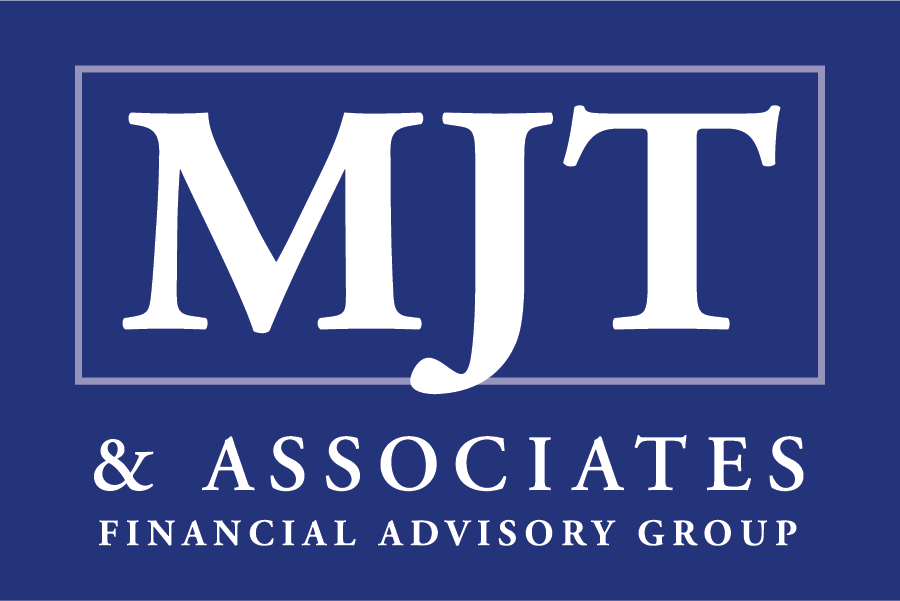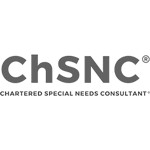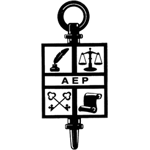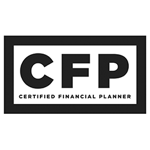Are you a parent or guardian grappling with the daunting task of financing your child's higher education? You're not alone. The rising cost of college tuition has become a significant concern for families across the nation, often leaving many feeling overwhelmed and uncertain about their financial future. At MJT & Associates, we understand the emotional and financial stress that comes with planning for your child's education, and we're here to help you navigate this challenging landscape.
The reality is stark: college costs have been outpacing inflation for decades, with no signs of slowing down. According to recent data, the average annual cost of tuition, fees, room, and board at a four-year private college now exceeds $50,000, while public institutions aren't far behind. These figures can be intimidating, but it's crucial to remember that with proper planning and smart strategies, quality higher education can still be within reach for your family.
In this blog post, we'll explore a range of practical and innovative approaches to finance your child's college education without compromising your financial stability. From maximizing financial aid opportunities to exploring alternative education paths, we'll cover various strategies that can help you make informed decisions and feel more confident about your ability to support your child's academic aspirations. Our goal is to empower you with the knowledge and tools needed to create a solid financial plan that aligns with your family's unique circumstances and values.
As we delve into these strategies, remember that every family's situation is different, and there's no one-size-fits-all solution. However, by understanding your options and planning ahead, you can significantly reduce the financial burden of higher education and set your child up for a bright future. Let's embark on this journey together, exploring smart ways to invest in your child's education while safeguarding your family's financial well-being.
Web sources:
https://thecollegeinvestor.com/36179/reform-student-loans/
Maximizing Financial Aid Options
Navigating the world of financial aid can be complex, but it's a crucial step in making higher education more affordable. The good news is that there are numerous options available to help offset the cost of college. Scholarships and grants, often referred to as "gift aid," are particularly attractive because they don't need to be repaid. These can be based on academic merit, athletic ability, specific talents, or financial need. To maximize your chances of securing scholarships, start your search early and cast a wide net. Look beyond well-known national scholarships to local opportunities offered by community organizations, businesses, and your chosen schools. Many scholarships go unclaimed simply because students aren't aware of them, so thorough research can pay off significantly.
When it comes to applying for scholarships, organization and persistence are key. Create a calendar to track application deadlines and requirements. Tailor your applications to each scholarship, highlighting how you meet their specific criteria. Don't be discouraged by smaller award amounts; these can add up and make a substantial difference in your overall college costs. Remember, applying for scholarships is an ongoing process – continue to search and apply throughout your college years, as new opportunities may become available.
Work-study programs offer another valuable avenue for financial assistance. These federally funded programs provide part-time jobs for students with financial need, allowing them to earn money to help pay for education expenses. Work-study jobs are often on-campus and may be related to your course of study, providing not just financial benefits but also relevant work experience. To make the most of work-study opportunities, apply early, as funds are limited, and be proactive in seeking positions that align with your interests and career goals.
Understanding the different types of financial aid is crucial for making informed decisions. Grants, like the federal Pell Grant, are typically need-based and don't require repayment. Scholarships can be need-based or merit-based and are also free money. Work-study provides earned income, while loans must be repaid with interest. Always prioritize free aid options before considering loans. Remember to complete the Free Application for Federal Student Aid (FAFSA) as early as possible to maximize your eligibility for various forms of aid.
By thoroughly exploring and utilizing these financial aid options, you can significantly reduce the out-of-pocket cost of higher education. At MJT & Associates, we encourage families to view this process as an investment of time that can yield substantial financial returns. With careful planning and a proactive approach, you can make college more affordable and set your child on the path to academic success without compromising your family's financial stability.
Web sources:
Saving Strategies for College
When it comes to financing higher education, one of the most effective strategies is to start saving early and consistently. At MJT & Associates, we often recommend 529 plans as a powerful tool for college savings. These tax-advantaged investment accounts offer significant benefits, including tax-free growth and withdrawals when used for qualified education expenses. Many states also provide additional tax incentives for contributions, making 529 plans an attractive option for families looking to maximize their college savings potential.
Another valuable savings vehicle to consider is the Coverdell Education Savings Account (ESA). While Coverdell ESAs have lower contribution limits compared to 529 plans, they offer more flexibility in investment choices and can be used for a wider range of educational expenses, including K-12 costs. For families with younger children or those who want more control over their investments, a Coverdell ESA can be an excellent complement to a 529 plan.
Regardless of the savings vehicle you choose, the key is to start early and contribute regularly. Even small, consistent contributions can grow significantly over time due to compound interest. We encourage families to automate their savings by setting up regular transfers from their checking accounts to their college savings plans. This "pay yourself first" approach ensures that saving for college becomes a priority in your monthly budget.
As your child approaches college age, it's crucial to develop a comprehensive budgeting strategy for managing expenses during the college years. This involves not only planning for tuition and room and board but also considering often-overlooked costs such as textbooks, technology, transportation, and personal expenses. We recommend involving your child in this budgeting process, as it provides an excellent opportunity to teach valuable financial literacy skills. Encourage your student to explore ways to reduce costs, such as purchasing used textbooks, taking advantage of student discounts, and considering part-time work or paid internships to offset expenses.
At MJT & Associates, we believe that successful college financing requires a combination of strategic saving and smart spending. By leveraging tax-advantaged savings plans, starting early, and developing strong budgeting habits, you can significantly reduce the financial stress associated with higher education. Remember, every family's situation is unique, and we're here to help you create a personalized plan that aligns with your goals and values, ensuring that your child's educational aspirations don't compromise your family's financial well-being.
Web sources:
Exploring Alternative Funding Options
While scholarships, grants, and savings are ideal ways to finance higher education, many families find themselves needing to explore additional funding options. Student loans often become a necessary part of the college financing puzzle, but it's crucial to understand their implications and use them wisely.
Federal student loans, offered by the U.S. Department of Education, are generally the most favorable option for borrowers. These loans typically offer lower interest rates, more flexible repayment plans, and potential forgiveness programs. They include Direct Subsidized Loans for undergraduate students with financial need, where the government pays the interest while the student is in school, and Direct Unsubsidized Loans, available to both undergraduate and graduate students regardless of financial need. Parents can also access federal loans through the Parent PLUS loan program. It's important to note that federal loans have borrowing limits, which may not cover the full cost of education.
Private student loans, offered by banks, credit unions, and online lenders, can fill the gap when federal loans and other aid aren't sufficient. However, these loans often come with higher interest rates and less flexible repayment terms. They typically require a credit check and may necessitate a co-signer for students with limited credit history. While private loans can be a useful tool, they should be approached with caution due to their potential for higher long-term costs and fewer protections compared to federal loans.
For those seeking to minimize student loan debt, exploring alternative education paths can be a smart strategy. Starting at a community college and then transferring to a four-year institution can significantly reduce overall costs. Online programs and distance learning options have also become increasingly robust, offering flexibility and potential cost savings. Additionally, vocational training and apprenticeship programs can provide direct pathways to well-paying careers without the need for a traditional four-year degree. At MJT & Associates, we encourage families to consider these alternatives as part of a comprehensive approach to education planning, always keeping in mind the balance between educational goals, career aspirations, and long-term financial well-being.
Web sources:











